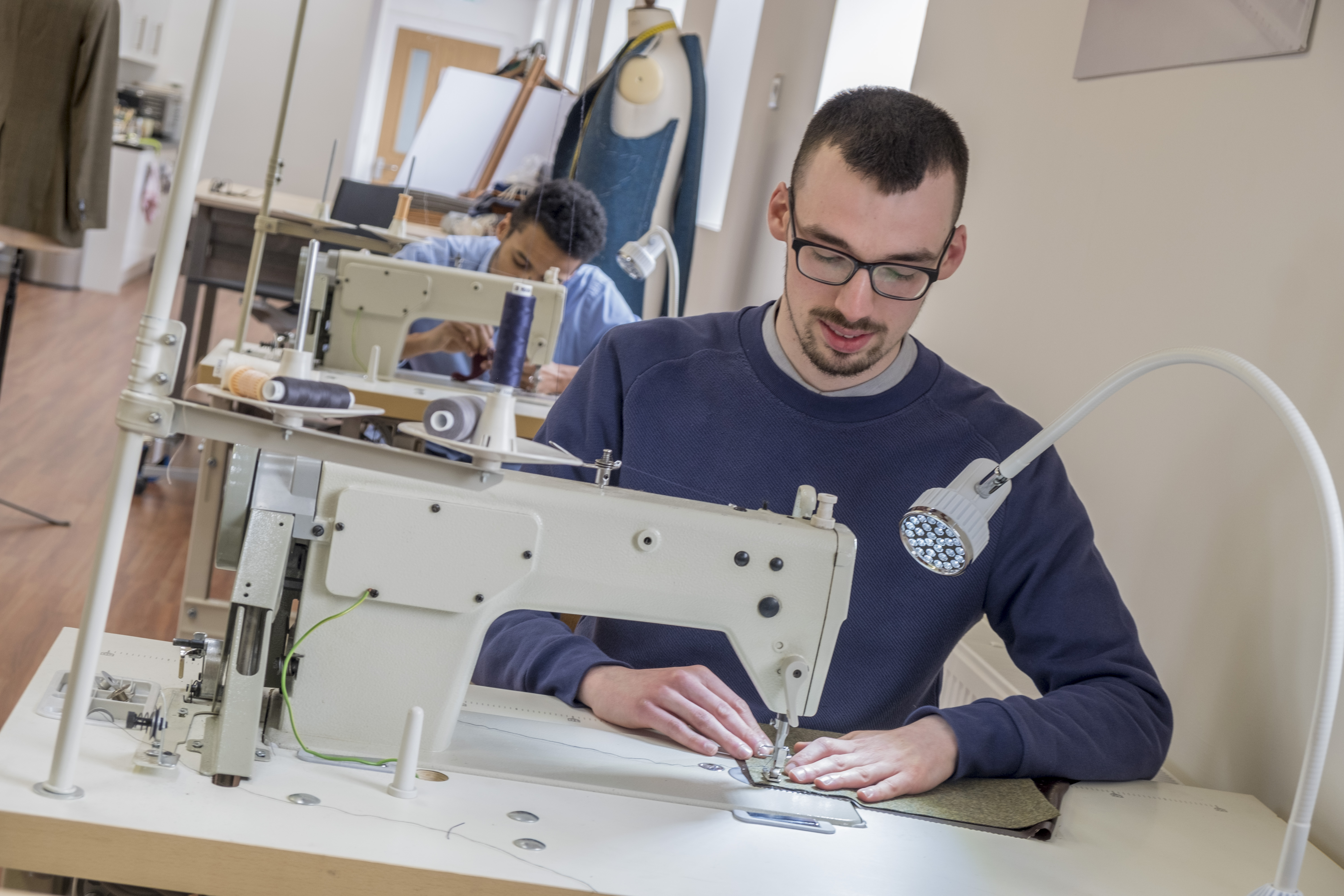Understanding the Tailoring Refine: From Textile Option to Last Suitable for the Perfect Wardrobe
The customizing process is a complex interaction of art and science, starting with the critical choice of fabric choice and culminating in the exact modifications of final installations. Each fabric kind brings distinct top qualities that affect not only the visual appeal but also the garment's durability and viability for numerous occasions.
Significance of Textile Selection
Picking the right material is vital in the customizing procedure, as it directly influences the convenience, sturdiness, and total aesthetic of the final garment (tailor perth). The choice of material establishes the structure for the garment's capability, efficiency, and design. Various textiles have unique properties, such as breathability, weight, and stretch, which can substantially influence just how the garment drapes and fits the body
In addition, textile selection influences the garment's long life and convenience of treatment. High-grade textiles can hold up against damage, keeping their look and structure in time, while lower-quality materials may bring about pilling or fading. In addition, the appropriate textile adds to the garment's capability to shift across periods and occasions, consequently improving adaptability.
A tailored piece made from an appropriate textile not just showcases craftsmanship but additionally raises the wearer's self-confidence. Subsequently, understanding the subtleties of textile choice is critical for any customizing endeavor. It makes certain that the final item not only fulfills the aesthetic desires of the customer but additionally lines up with useful demands, thereby attaining a harmonious equilibrium between kind and function in the customized wardrobe.
Kinds Of Fabrics and Their Usages
Comprehending the numerous sorts of textiles offered is vital for making notified choices during the customizing process. Each textile possesses one-of-a-kind qualities that determine its suitability for certain garments and events.
Cotton, known for its breathability and gentleness, is ideal for informal wear and summer clothes. Its convenience enables it to be customized into everything from tee shirts to dresses. Wool, on the various other hand, is favored for its warmth and structure, making it a superb choice for formal matches and outerwear - tailor perth. Its natural elasticity assists garments keep form over time.
Silk shows luxury and is lightweight, making it ideal for eveningwear and fragile shirts; nonetheless, it calls for careful handling due to its fragility. Linen, with its textured coating, is a preferred selection for cozy environments, providing a airy and crisp feel, but it wrinkles quickly, which may affect the garment's appearance.
Synthetic fabrics, such as polyester and nylon, offer sturdiness and resistance to creases, making them appropriate for day-to-day wear and energetic apparel. Recognizing these fabric types and their buildings permits far better decision-making, ensuring that each tailored item not just fits well however likewise lines up with the designated function and event.
The Tailoring Techniques Explained
The art of customizing depends on a selection of methods that transform fabric into well-fitted garments. Central to this process is pattern composing, where a dressmaker develops layouts based upon the client's measurements and desired style. This first action makes sure that the garment will certainly fit the wearer properly prior to any type of cutting takes place.
When patterns are established, reducing methods enter play. Accuracy is vital as errors can cause misfitting garments. Tailors usually use numerous cutting techniques, such as single-layer reducing for complex styles and multiple-layer reducing for efficiency on conventional patterns.
Basting is another crucial method, permitting tailors to momentarily stitch textile pieces with each other for a preliminary installation. This method uses the opportunity to evaluate the drape and general shape before last stitching.
Seaming methods, consisting of french joints and flat-felled seams, improve the garment's resilience and visual appeal. Tailors likewise use techniques such as interfacing and cushioning to give structure and form to details areas, like shoulders and collars.
Lastly, finishing methods, consisting of hemming and edge completing, make sure the garment's long life while offering a refined appearance. With each other, these techniques develop the foundation of reliable customizing, resulting in splendid, tailor-made garments.
Suitable Adjustments and Considerations

Trick considerations include the shoulder fit, which should neither droop neither restrict movement, and the Continued sleeve length, which ought to enable for comfy arm movement while preserving a sleek look. Additionally, changes at the waist can fine-tune the silhouette, with alternatives to let out or take in textile as needed.
The increase of trousers is an additional important element; it should rest conveniently above the hips without triggering discomfort, enabling simplicity of movement. Hemming sizes for both pants and skirts must reflect the user's favored design while appreciating percentages.

Maintaining Your Tailored Attire
Always follow the care tag guidelines, which might suggest dry cleaning for delicate fabrics or device cleaning for more durable materials. Stay clear of regular laundering, as this can wear down the textile and modify the garment's shape.
Storage space is similarly essential; use cushioned wall mounts for layers and jackets to maintain shoulder framework, and shop trousers folded nicely or hung to protect against creasing. Secure garments from direct sunshine, which can discolor colors and damages fibers.
Furthermore, periodic inspections for small repair work can prevent bigger problems. Look for loosened buttons, tearing seams, or signs of moth damages, dealing with these troubles immediately to maintain the garment's honesty.
Finally, consider seasonal turning. Wearing customized pieces in small amounts allows materials to recover, prolonging their lifespan. By carrying out these maintenance approaches, you can guarantee that your customized garments remain as immaculate as the day you first used them, enhancing your excellent wardrobe for many years to come.
Final Thought
The customizing process, incorporating fabric choice, skilled methods, and specific fitting modifications, plays a crucial function in developing garments that enhance both comfort and style. Each phase contributes to the general efficiency of the end product, guaranteeing that apparel not just fits well but likewise mirrors specific identity. Furthermore, recognizing the importance of maintenance prolongs the life of tailored garments, solidifying this their worth in a well-curated wardrobe. A thorough approach to tailoring culminates in a refined and positive look.
Selecting the best material is important in the tailoring process, as it directly affects the convenience, longevity, and total aesthetic of the final garment. The selection of textile establishes the structure for the garment's performance, style, and efficiency. Various materials possess unique residential or commercial properties, such as weight, stretch, and breathability, which can significantly influence exactly how the garment drapes and fits the body.
The art of tailoring depends on a variety of strategies that transform fabric right into well-fitted garments.The tailoring procedure, encompassing textile choice, skilled strategies, and accurate suitable modifications, plays a crucial function in creating garments that improve both convenience and style.